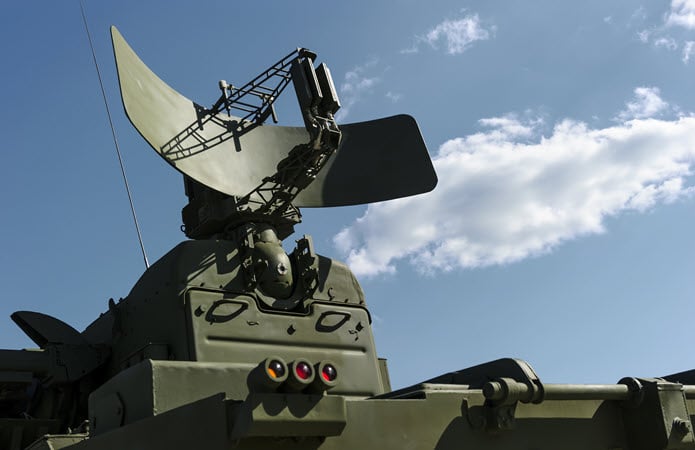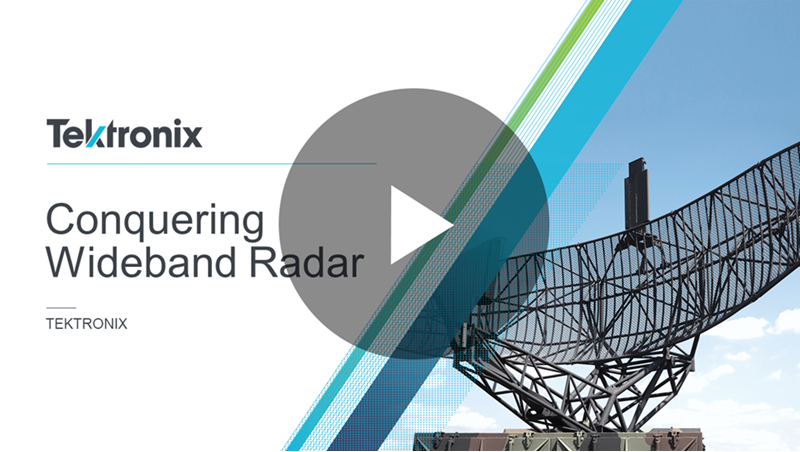

Here are eight challenges with wideband radar:
- Generating, capturing, and recording pulsed RF signals in realtime across a very wide frequency range with a wide signal bandwidth. You could have a wide bandwidth modulation such as a chirp, or a more complex code. You could also have a frequency-hopping radar signal. This makes it inherently difficult to generate and measure the signal requiring high-bandwidth measuring equipment.
- Creating high quality radar signals using real-world or simulated signals; a signal you’ve captured. Getting this recording in the right format to regenerate it can be extremely challenging. With regards to simulated signals, creating high-fidelity emulations has been difficult.
- Generating dynamic signals, including the use of hardware and software triggers. You may want to have a software trigger cause the simulation equipment to generate a different signal – a hop to a different frequency for example. Or it could be hardware triggers causing the different signal. This has also been challenging in the past.
- Providing wideband test signals over a wide range of power levels. You may have to generate enough power from the signal generator to drive a high-power amplifier and sometimes it’s convenient for the generator to operate at high-power levels to reduce the number of amplifiers. It’s been challenging to get a generator to produce these high-power levels.
- Performing spectrum, vector modulation, and pulsed-RF signal analysis. Measurements of wideband signals cannot be performed with normal spectrum analyzers and often require specialized equipment.
- Incorporating new equipment into legacy systems (size and other issues).Issues with integration and fitting new equipment into older racks, and GPIB or trigger signal replacement cannot be overlooked. There are also file formats that might have shifted or changed. Marrying new with old has always proved challenging and there’s no exception here.
- Offline radar signal creation and measurement. It might be that you want to work at your desk on your computer to create radar signals, export them via network to a generator and then analyze results offline. In the past, test equipment was usually monolithic, so working with signals offline was problematic. This is now changing.
- Security issues with system data storage. Taking the equipment out of the lab for calibration, especially with government-related work, can be challenging especially with older equipment not made with these regulations in mind.
If you’re trying to build high-fidelity wideband signal environments or are struggling to pick up on notoriously difficult to detect wideband signals, then you are likely familiar with these challenges. Be sure to check out the online, on-demand webinar hosted by Tektronix expert Bill Byrom. Besides addressing how to overcome these wideband radar challenges, he’ll cover:
-
How to identify performance criteria for test instrumentation that allow you to create high-fidelity simulation environments.
-
How to identify performance criteria for test instrumentation that allow you to capture and analyze difficult to detect wideband signals.
-
The benefits of real-time signal analysis and signal record and playback features.
Figure 1: Watch our webinar to learn more about problems and solutions in wideband radar.



